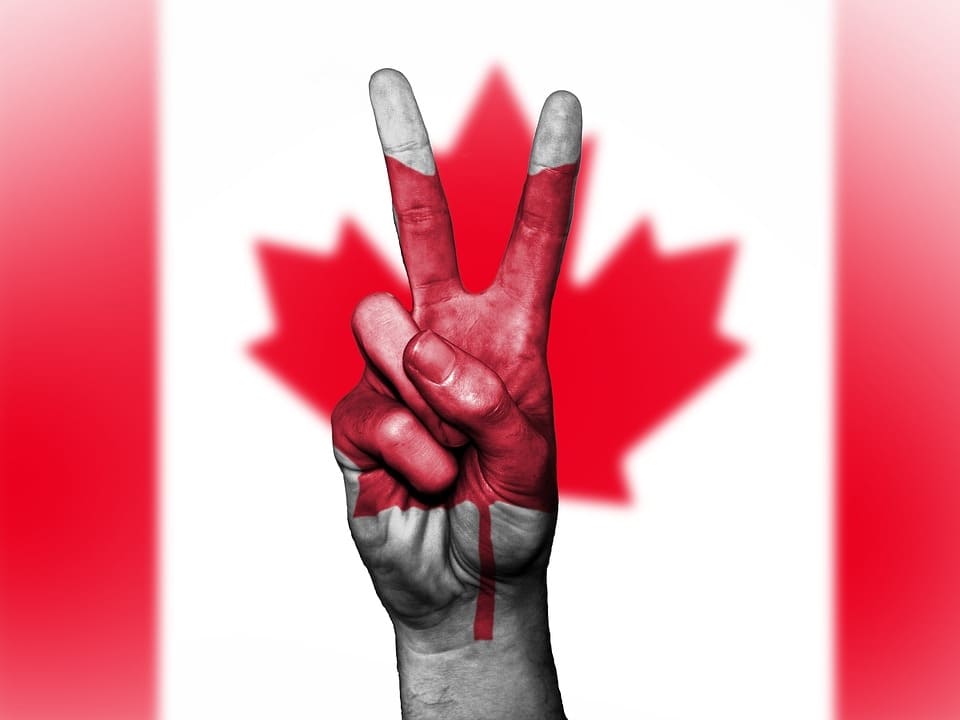
At 4 p.m. on March 22, the Government of Canada released their 2017 budget. As Canada celebrates it’s 150th anniversary, this budget, entitled “Building A Strong Middle Class”, is being described by many as uneventful and uninspiring. There was a lot of emphasis on innovation and skill training; but at the same time, little money was dedicated to facing new problems such as immigration, refugees, and post-secondary education.
The budget creates a deficit of about $29 billion for 2016/2017. The Liberals plan on reducing that deficit to about $14 billion by the end of their term.
The Liberal government says this budget was created under a gender-based analysis, meaning that all aspects within the budget, even those that don’t pertain to gender, were assessed based on the impact it would have on women. A gender statement within the budget makes reference to the still-high gender gap in Canada and the additional violence women experience on a regular basis.
“When making decisions that significantly affect peoples’ lives, governments must understand to what extent their policy choices will produce different outcomes for all people,” the gender-statement in the 2017 budget reads.
“A meaningful and transparent discussion around gender and other intersecting identities allows for a greater understanding of the challenges this country faces, and helps the Government make informed decisions to address those challenges—with better results for all Canadians.”
Here are some of the other highlights within the budget:
Transit: The government has dedicated $20.6 billion, spread out over the next 11 years, to public transportation projects. This funding will be used to cover up to 40 per cent of new subways and rail light lines — which is big for cities like Ottawa and Toronto that are in the middle of creating large integrated transit systems.
At the same time, the government is eliminating the public transit tax credit, which allows transit users to claim 15 per cent of what they pay.
Infrastructure: With the growth of the affordable housing crisis, the federal government has decided to invest $11.2 billion over 11 years for affordable housing. This money will be divided into a few different programs, including $225 million will go towards improving housing conditions for Indigenous Peoples not living on reserves.
Child Care: The Liberal government is going to spend $7 billion on childcare, creating about 400,000 new subsidized childcare spaces in the next three years. Parental leave has also been increased to 18 months, and expecting mothers can claim Employment Insurance benefits up to 12 weeks prior to giving birth — it used to be eight weeks.
Skills/Training: Innovation Canada will be receiving $950 million over five years to support innovators and to build “super-clusters”. The budget also agrees to allow those on Employment Insurance benefits to apply to go back to school or undertake training, something which was not possible in previous years.
Do you have an opinion on the 2017 budget? Let us know in the comments below!
